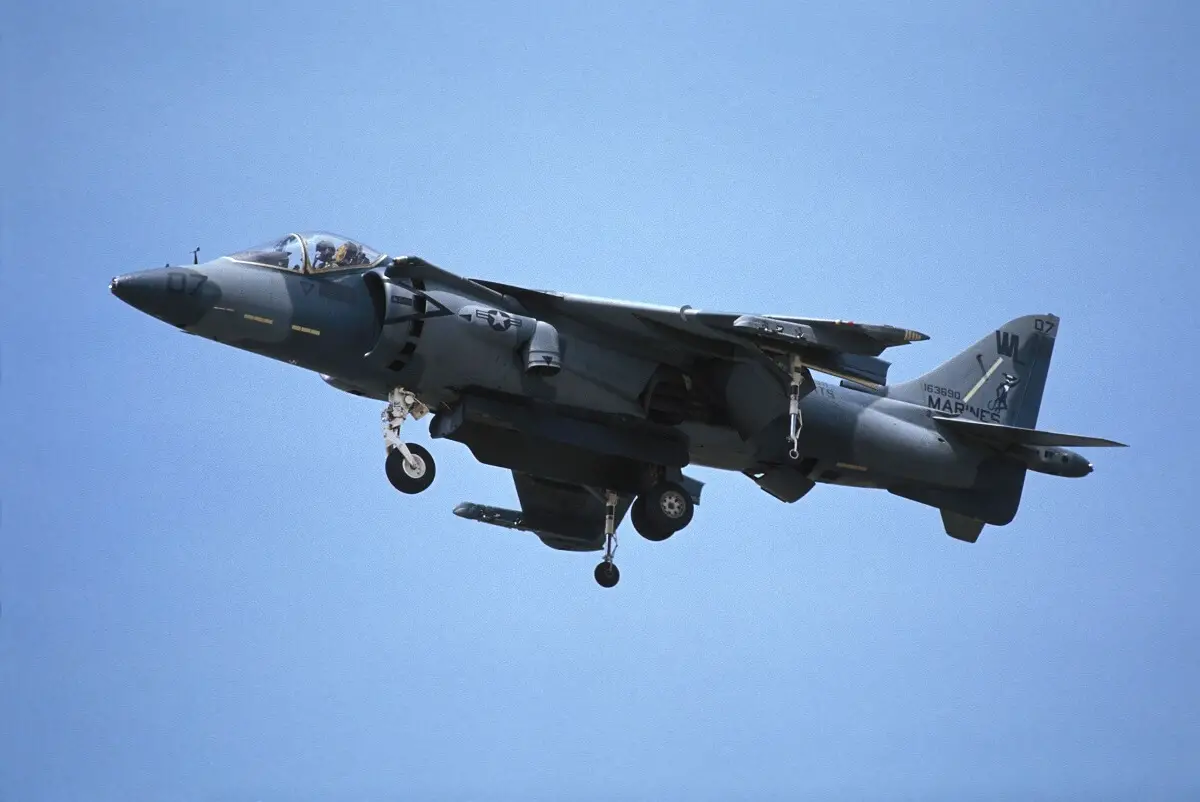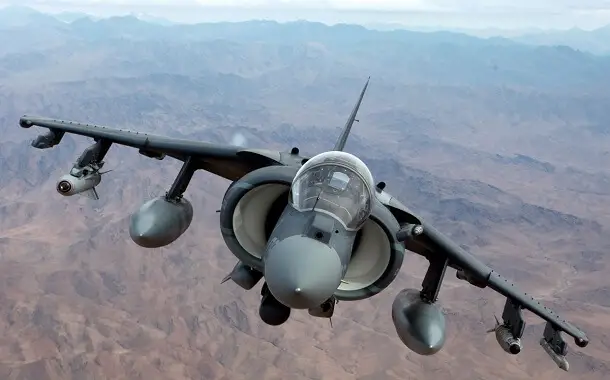How Much Does a Harrier Jet Cost?
Last Updated on December 30, 2023
Written by CPA Alec Pow | Content Reviewed by ![]() CFA Alexander Popinker
CFA Alexander Popinker
If you want to get a plane that will combine the maneuverability of a helicopter with the speed of a fighter jet then The Harrier Jump Jet might be for you.
These are single-seater planes that are great for close-air support near front lines where there are no runways or they are damaged. They are very popular for their vertical landings and take-offs.
Harriers are also very hard to fly, having an accident-prone track record. They are currently flown by the U.S. Marine Corps, but initially, they were designed by the British.
How Much Does a Harrier Jet Cost?
A Harrier Jet is estimated to cost around $30 million to produce, although you will be able to buy one for anywhere between $1.5 million for a used plane, to $100 million for a new one with all the features.
According to Thrillist, for example, A used Sea Harrier Jump Jet was auctioned on Kijiji.ca for about $1.5 million, a price which they deemed really reasonable if you were to compare it to the cost of an F-35, known to cost $120 million, or even more.
According to the same article, the model is currently stashed in Alberta, Canada, so it’s pretty clear that it hasn’t been involved in a shouting match ever. Although it was built in 1986, it was modernized in 1997.
For the price, the aircraft wasn’t in flying condition. You would need to buy a few parts before you could lift it up in the air or try to sell it again, and it was last flown in 2001.

How much do you spend on fuel for a Harrier Jet?
You should expect the average Harrier to consume a gallon of fuel every two seconds in the hover and an average of 1.3 gallons a mile. So as you’d expect, it won’t be cheap tp fly these planes, as it isn’t cheap to fly any plane for that matter.
You might also like our articles about the cost of BAJit, private jet ownership, or private jet acquisition.
Does it have all the electronics?
When these planes are made, being as light as possible is a top priority. This is why some of its navigation instruments are taken out of the plane, along with its weapon systems. This was done to save about 400 lbs on every Harrier to get out of the factory. This made it pretty hard for pilots to do normal tasks related to communication and navigation, as they had to rely on civilian equipment and radios.
The primary role of the plane
Different countries use the plane in different ways, for different services, depending on their individual needs. The Marine Corps, for example, used this type of plane for close air support, having a secondary air-to-air role because it has air-to-air and air-to-ground radars.
The Harrier plane is known to reach a top speed of 650 knots, which is about 740 mph, which is a great help in its missions.
Why have people stopped using the Harrier Jet?
Planes are seen as air weapons. They are complete weapon systems that are used to counter a specific threat. Over time, there have been a lot of advancements in weapon technology, ultimately leading to advancements in aviation fighting as well. Any corporation between a Harrier model and an F-35 or even a P-40 has a clear winner, and it’s not the Harrier. So obviously, countries have adapted to meet their needs in battle.
A bad way of getting a Harrier cheaper
According to CBSNews, there was a commercial in the mid-90s, run by Pepsi-Cola, that sparked a legal debate. While they wanted to make a fun, cheeky commercial, they were caught with their feet in their mouths, when a customer called their bluff.
The campaign was very straightforward. You had to buy Pepsi products and collect Pepsi labels that would enable you to claim prizes like sunglasses and t-shirts, or, if you really liked the drink, you’d gather 7 million Pepsi points and get a Harrier Jet.
The customer, called John Leonard, did some simple math and figured out that you’d need around $700,000 to get the 7 million points needed to win the Harrier Jet, found some investors to help, and went for the big prize. Unfortunately, not only did Pepsi deny him the prize, but the lawsuit that followed also found Pepsi in the right, considering that the campaign was close enough to a joke to make it impossible for anyone to actually believe it.


Leave a Reply
Want to join the discussion?Feel free to contribute!